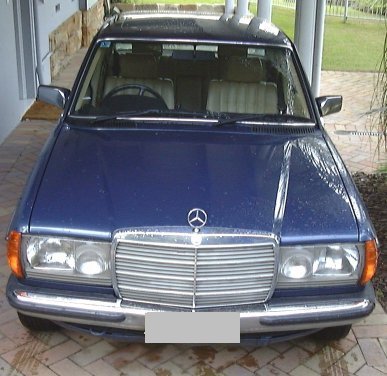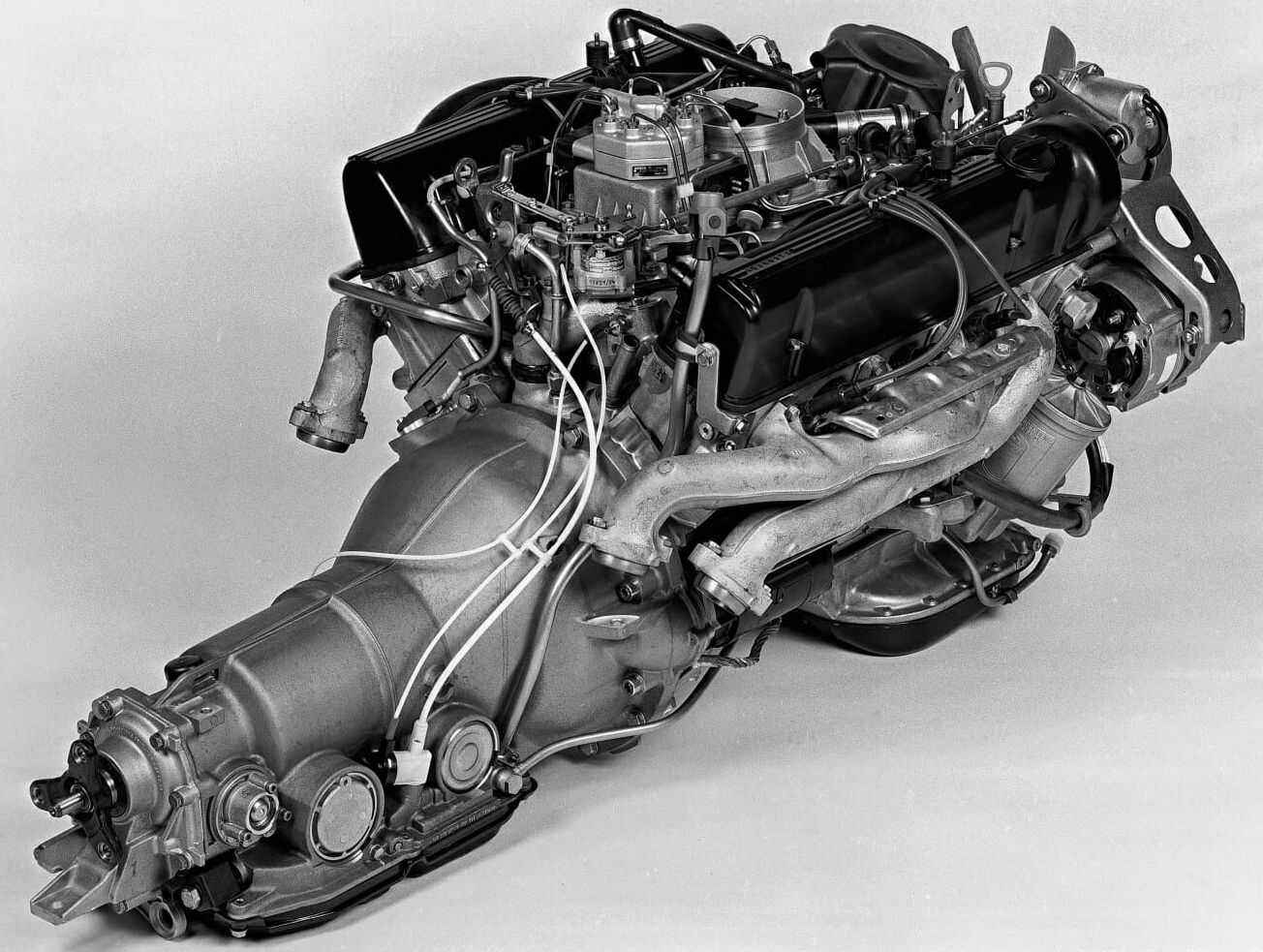Mercedes self-leveling rear suspension flush
A common feature of Mercedes cars from the mid 70s through the mid 2000s is the self-leveling rear suspension. This system is standard on the wagons, but was commonly specified on the higher end sedans too. Mercedes-Benz Australia was particularly keen on the system fitting it to coupes and even mid size saloons.
The system ensures that even with a heavy load in the rear of the car, the suspension remains level. Keeping the car level improves handling and safety. It is actually quite a simple system, derived from the more complex system on the 6.9. This system, in turn was based on the Citroen DS suspension. At the rear of the car, there are struts for the self-leveling rear suspension. These replace the shock absorbers. The struts use hydraulic pressure, from a pump attached to the engine. Unlike the 6.9 or the DS, there are springs, but they are quite soft as the strut does most of the work.
As these cars have aged, the self-leveling rear suspension rarely gets any maintenance. The hydraulic fluid should be changed periodically and is a filter in the reservoir too. This can be cleaned or replaced.
I was not sure when this was last done on my W126 cars. I purchased a couple of filters and a few bottles of the correct hydraulic fluid. The 300SE was first. The filter is easily removed from the top of the reservoir. This allows access to the fluid, which I removed with a turkey baster. I then used a rag to clean out the inside of the reservoir, before topping it off with clean fluid.
To flush the system, an 8mm hose can be attached to the return line. The engine is started and the fluid is gently pumped through. Unlike the power steering system, the fluid volume at idle is quite slow and the job can be done with one person. Once all the dirty fluid is pumped through the system, the engine is be stopped and the reservoir topped off to the correct level.
After the flush, the new filter is fitted and the return line re-connected. The new fluid is almost clear, a big difference to the brown colour of the old fluid. The old fluid seemed a bit thicker too. The old fluid can be seen in the coke bottles in the photo below.
I probably could have gotten away with cleaning the existing filter, but I didn’t know how old it was, so I replaced it.
From there, I moved on to the 560SEC to repeat the procedure. The fluid in the 560SEC was a bit cleaner, but it had a greenish hue. Almost like there was a little LHM in there.
The same procedure worked well for both cars, and I used about four litres of the fluid overall. I flushed the 560 for a bit longer as I was still getting the greenish colour through the system.
It is a bit hard to see, but the old fluid from the 300SE had more particles suspended in it – it is a bit browner. It is the one in the coke bottle, the SEC fluid is the one in the water bottle. Both were quite dirty and I am glad I have done this simple procedure. I was able to do both cars in about 40 minutes.

































































Thank you very much for this flush info, just did to my W116 280SE worked out perfectly. You are right it can be easily a one man job. Brett from Tasmania
Glad it helped – doing these types of jobs at home can make a big difference to keeping these cars on the road.
wher you buy new rear shocks and would be able to advise part no i have a1985 w126 280 se
thanks regards barry neville
Hi Barry.
Unfortunately these are no longer available from Mercedes. You’ll need to source used units from a wrecker.
To clarify a question from a reader. I first emptied the reservoir while the car was turned off. I filled the reservoir up to above the normal fill point before I started the car.
How much fluid it takes for fully flush SLS system on 89 560? 3 liters will be enough?
yes, should be enough.
I have a 280SE W116 a brave replaced the rear levellers which have been drained of oil, do I need to recharge will oil before fitting, same forpreesure balls
If it was my car, I would.
You mentioned particles suspended in the hydraulic fluid from the 300SE.
Part of the SLS system are the nitrogen spheres, these are essentially metal spheres inside which is suspended a rubber bladder through which the hydraulic fluid accumulates and runs, around these bladders is Nitrogen gas at specific pressure, this is what absorbs the shock, the change in pressure caused by the rams compressing pushes back into the sphere, inflating the bladders with the hydraulic fluid pushed out of the rams, at which point the nitrogen pushes against the outside of the bladder causing the ram to extend gently.
These rubber bladders are the weakest point of the system & have been known to rupture resulting in a bouncy back end, especially when going over speed humps etc. The first sign of a ruptured bladder is fine black particles suspended in the hydraulic fluid (the remnants of the rubber bladders after going through the pump a few hundred times).
I would strongly recommend checking your nitrogen spheres.
Good tip, thanks!
were your your nitrogen spheres good when checked ?